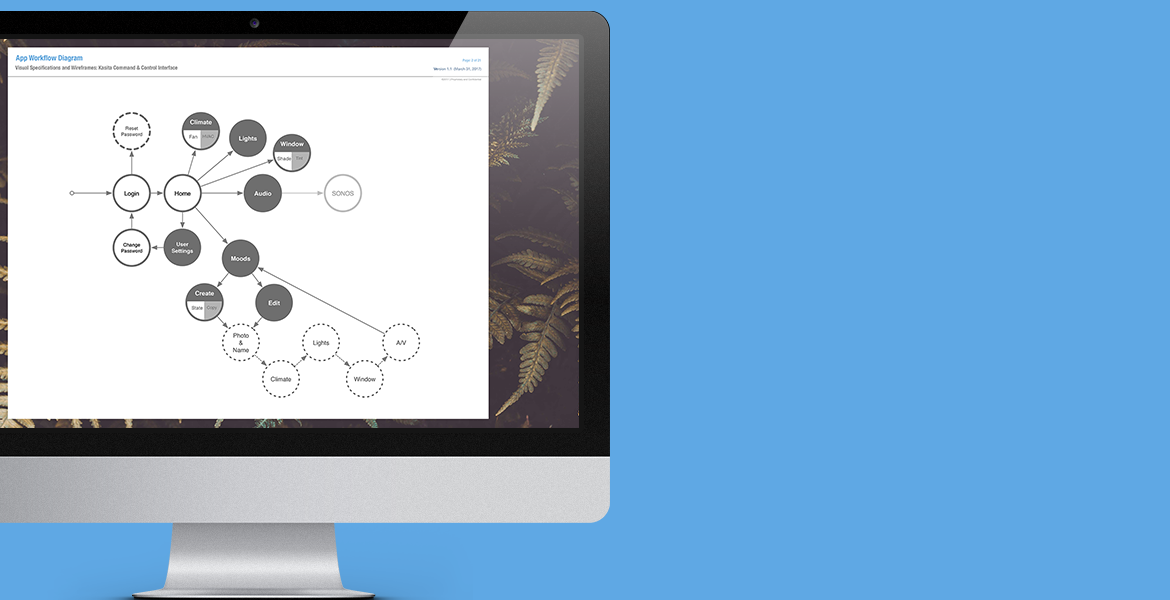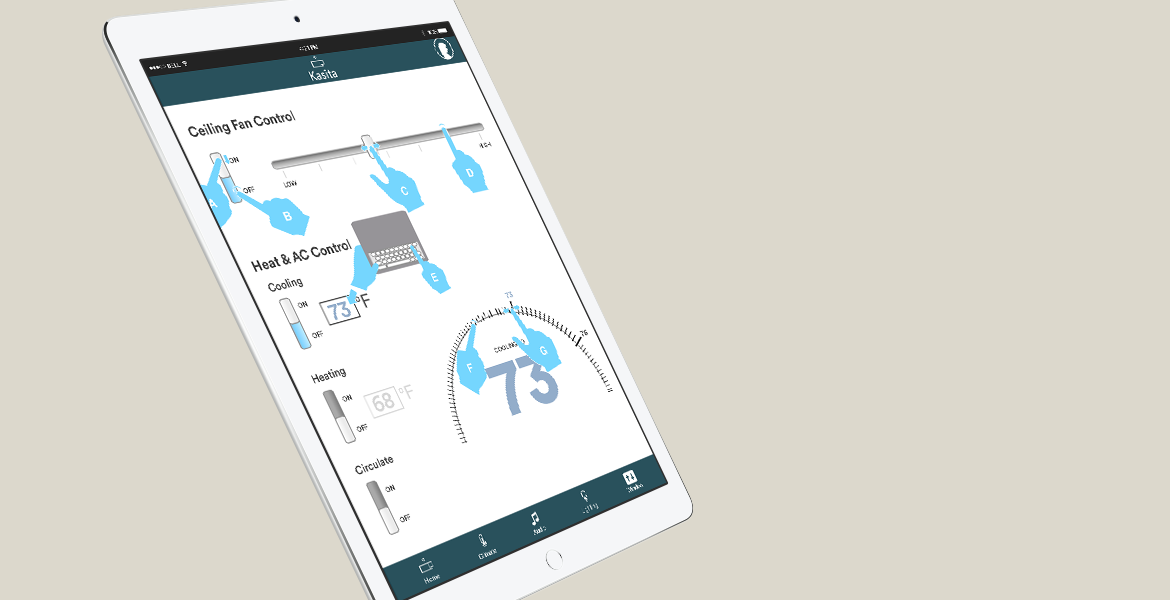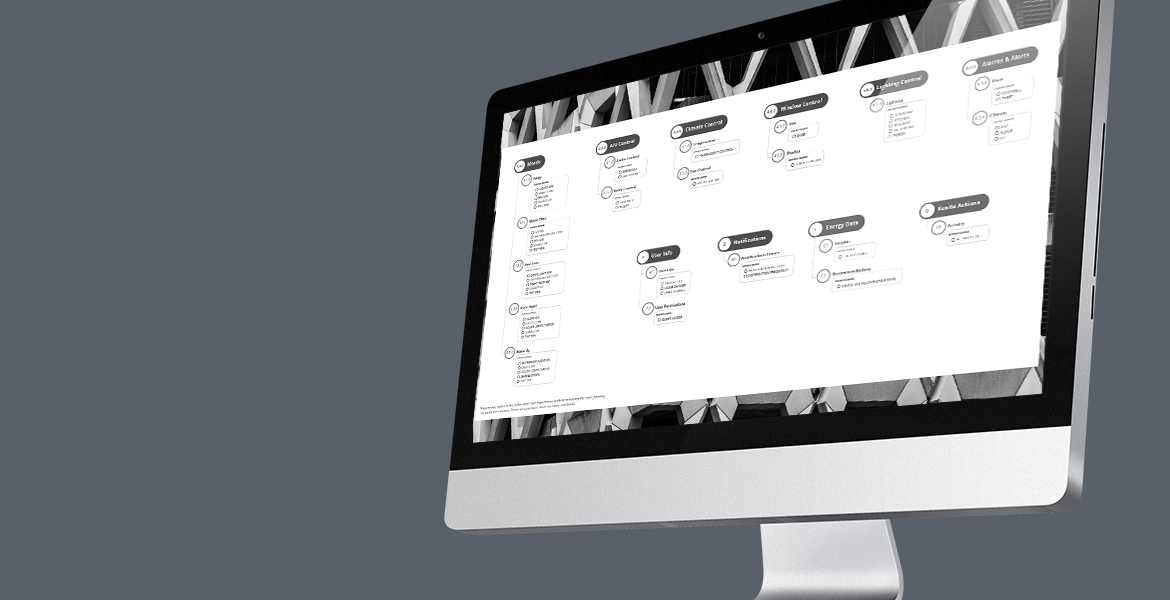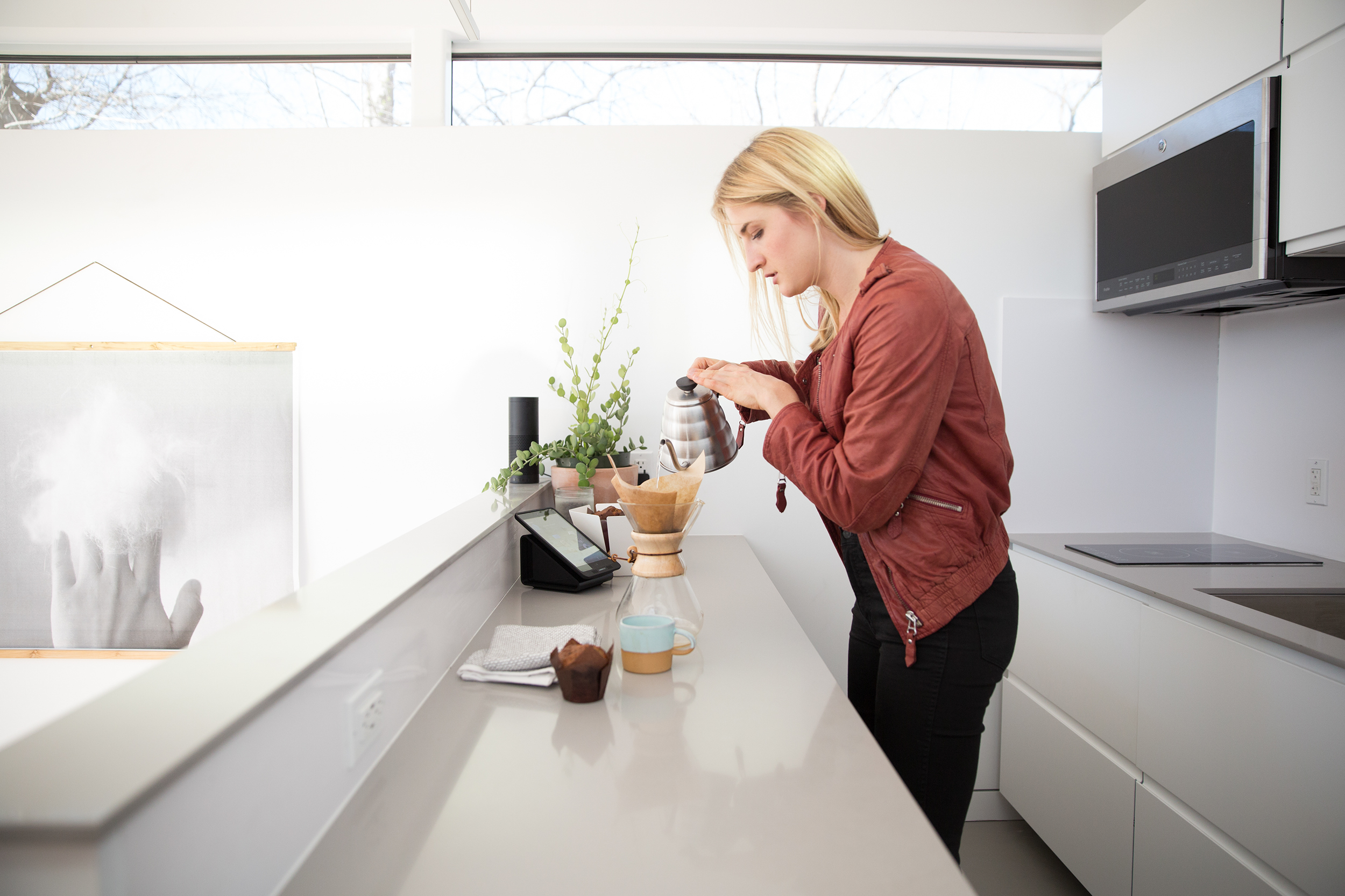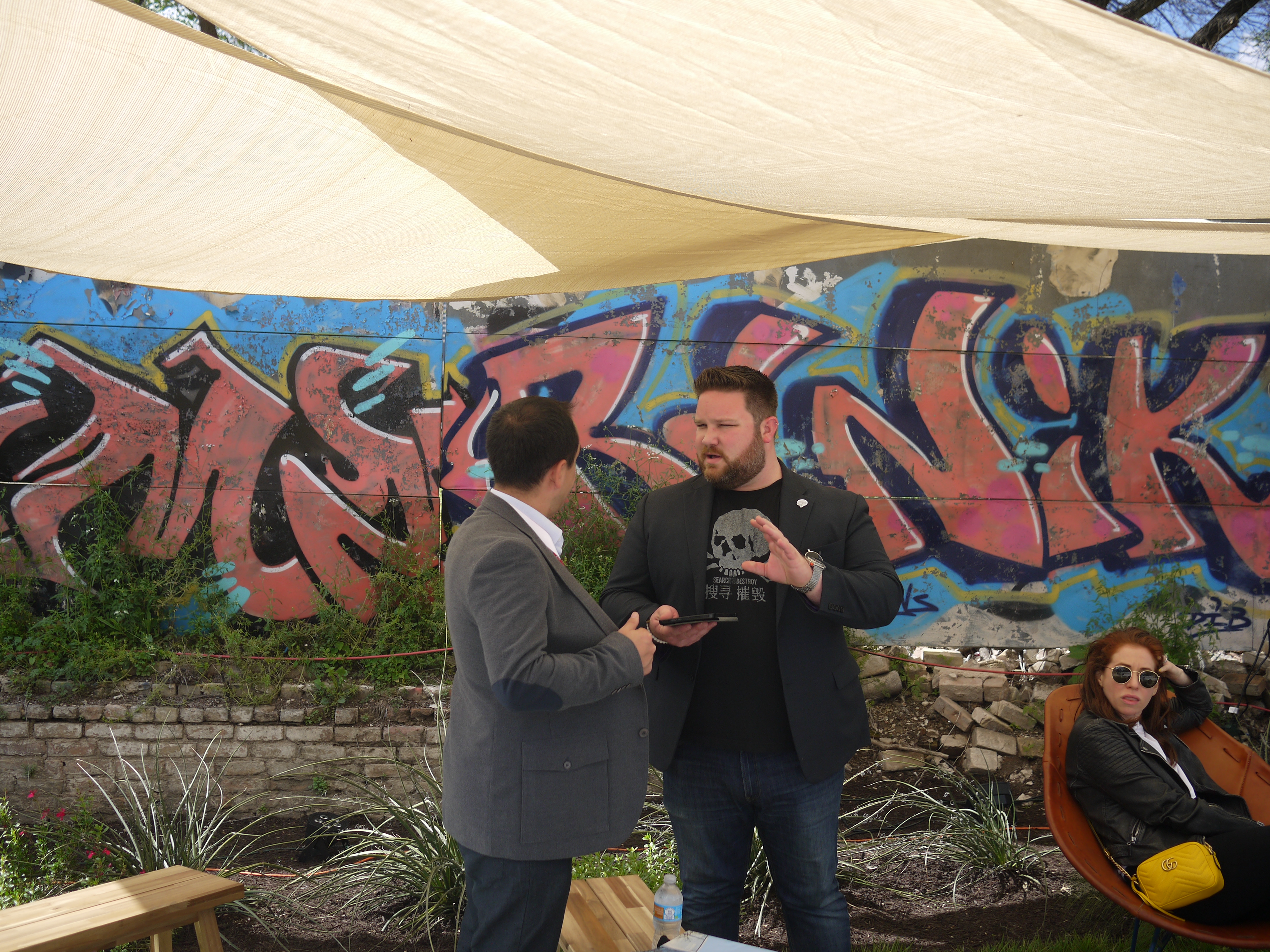Project details
Client
Kasita
Creative
William Yarbrough
Category
Mobile
Kasita (a startup building modern, pre-fab tiny dwellings) needed a robust, state-of-the-art Internet-of-Things platform to attract tenants and turn houses into homes.
I conducted on-site interviews with guests after they spent several nights in a Kasita unit. I gauged their reactions to the technology in the home through qualitative analysis techniques which led to understanding how users wanted to interact with the technology and the home itself during their stay.
Several major themes emerged:
- Users felt overwhelmed by having to set every experience of every piece of technology in every room–saving settings and anticipating trends would be a big step in reducing friction.
- Mobile was key to adoption as users already felt that their phones were part of their control over other devices.
- Being stuck with outdated technology was a key concern for users who were used to planned obsolescence. They wanted to make sure their technology would be easy to update and feel like a good investment.
After generative research, I worked with the technology and architecture teams to craft the technology in the “beta” unit for testing. I also oversaw ideation and design to craft a mobile application software suite that would interface with the technology in the house, tying in a multitude of devices into a central command and control platform based on the “mood” users wanted in their home.
By controlling the architecture, we were able to layer in a multitude of sensor data that the command and control platform could take advantage of. Using conductive fabrics, temperature sensors, weather sensors, and standard reporting data from municipal services, I was able to let the command and control system learn from users over time. As the system began to anticipate, I tested our assumptions with real users in the units.
Because the types of control systems (window tinting, precision lighting control, etc.) were new to many users, we tested prototypes with flat and skeuomorphic designs to see how users best responded to the controls in their homes. We found that users often expected the controls to match the way they thought about real-world hardware. Users also preferred control organized by each room or partitioned area.
In addition to a mobile application interface for phone and tablet, I oversaw development of a conversational UI using the Amazon Alexa to accept input from users and quickly change individual pieces of technology around the house, like dimming the lights or tinting the windows. The voice-controlled interface could also accept input based on pre-programmed and user-generated “moods.”

